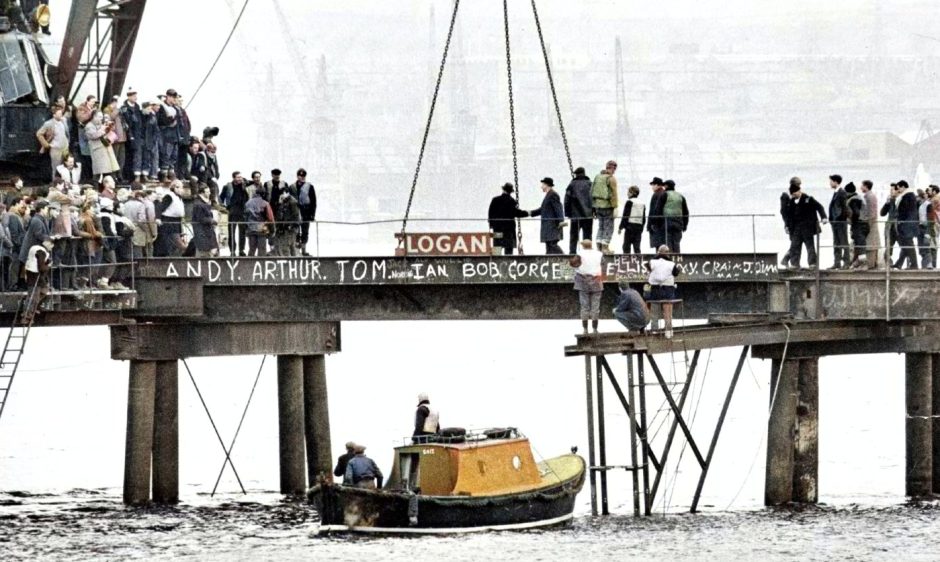
Rare images of the construction of the Tay Road Bridge have been given a completely new lease of life.
The black and white photographs from DC Thomson’s archives have been enhanced and coloured using advanced AI technology.
Here we see them in a new light for the first time.
The visionary town planner James Thomson first proposed making use of the foundations of the old rail bridge for a road crossing in 1918.
In the years between then and 1960 numerous campaigns were launched to have a bridge built, with various snags and reasons why construction never started.
Parliamentary approval was given in 1961 following sustained lobbying in Whitehall.
The plan which was eventually approved was a bridge from Dundee to Newport.
The bridge linked Dundee and Fife
The bridge was designed by William Fairhurst.
He was a civil engineer and accomplished chess player.
He incorporated chess motifs in the design.
Preparing for the link across the water
Finalised tenders for the work were invited.
The firm of Duncan Logan was chosen which was headed by son Willie.
The Tay Road Bridge had to make provision for vessels.
Vertical clearance, equal to that in the existing railway bridge, had to be provided.
Minimum spacing of piers had also to be similar to those of the railway bridge.
Construction began in 1962 by filling in the King William IV Dock, the Earl Grey Dock and the Tidal Basin
Royal Arch was doomed for demolition
The Royal Arch also had to be demolished.
Also demolished were the Dundee West Station and the Empress Ballroom.
Work cost around £6 million and it was built with 140,000 tons of concrete, 4,600 tons of mild steel and 8,150 tons of structural steel.
The bridge was 7,365 feet long with 42 spans.
The dual two-lane carriageways were 22 feet wide.
All but eight of the 84 parallel box girders were constructed at the Caledon shipyard.
Surviving the Big Freeze of 1963
The construction involved a low temporary bridge which allowed progress to be made under conditions where floating craft could have created frequent delays.
This allowed easy transportation of materials.
Most of Willie Logan’s labour force, which eventually totalled around 370, was drawn from Dundee and the surrounding area.
However, quite a few of the key workers were Logan’s own men who were flown down from the north of Scotland to get the project off to a flying start.
Many of the workmen stuck it out right to the end of the three and a half year contract, through two of the hardest winters Tayside has known.
Temperatures in Scotland dipped to near -30C during the Big Freeze of 1963.
Slowly the bridge crept southwards
For the first two and a half years, round the clock working was maintained.
Two shifts were operated – 8am to 8pm and 8pm to 8am. During their 12 hours on the bridge the men were allowed two half-hour breaks.
This meant 11 hours were spent working.
At this time their wage averaged around £35 weekly.
The road link was accomplished in 1965
A milestone in the bridge construction was achieved in February 1965.
Dundee Lord Provost Maurice McManus of Dundee shook hands with Provost William Smith of Newport on the closing of the final gap in the temporary bridge.
The party from the Dundee side arrived by launch.
Nightshift working was discontinued in September 1965.
However, when it became obvious it was going to be a fight against the clock to have the bridge ready for August 18, the men began working “ghosters”.
After their dayshift, they went home for a meal and returned to put in an extra shift.
Then they had breakfast and came back to do their day’s work as usual.
Of course, it was so arranged that they never worked on successive nights.
Bridge building was dangerous work
There was no bonus system in operation but they were paid for the hours they worked and during this period wages were much higher than average.
That the job was hazardous was underlined by the fact that five men were drowned when they plunged into the treacherous river from the temporary structure.
One went over in a locomotive which ran off the rails.
A second slipped through the deck.
And, in the cruellest blow of all, three men were killed in November 1965 when a section of the temporary bridge collapsed.
Willie Logan never saw bridge finished
Willie Logan was killed in an air crash in January 1966.
He never saw his bridge completed but his interest in his workers was legendary.
Logan would arrange fish suppers at teatime where a Morris Minor van would reverse up the temporary carriageway dishing them out as well as ice cream in summer.
Final girder was put in place in July 1966
The chosen line enabled the bridge to start on high ground in Fife and continue with an unbroken descent until it reached the Dundee shore.
When planned it was envisaged 10,000 cars would cross daily.
Previously, workers had to hop on board the Fifies – the ferries which sailed between Newport and Dundee – or embark on a lengthy journey by road if they wanted to get to jobs across the water.
The final girder was put in place in July 1966.
Little wonder people were moved to verse
People were even moved to verse.
Basil Saunders from Lower Largo in Fife received £10 from the Evening Telegraph for submitting the winning entry in a Tay Road Bridge poetry competition.
“A vision of the distant past,
“A dream of men long dead,
“Today it’s here – reality at last,
“A roadway spans the silvery Tay.”
Queen Mother opened the Tay Road Bridge
The Beatles were about to embark on their final tour of America when the Queen Mother performed the opening on August 18 1966.
The opening of the bridge was a red letter day for many in the city and it seemed anyone who had a car wanted to drive across the Tay on the day.
When toll charges were first put in place, passage for motorcycles cost one shilling, cars two shillings and sixpence and lorries and buses 10 shillings.
The bridge carried 70,000 vehicles that first weekend, averaging out at 6,000 vehicles per day thereafter.
Welshman Hugh Pincott, a chemistry student at Queen’s College, was the first private car driver to make the crossing in his 1957 Morris Minor 1000.
Dundee duo Peter and Alison released a single called Highway O’er The Sea to mark the opening which came out on Andi Lothian’s ALP record label.
But it failed to make waves.
Unlike the bridge, which has remained remarkably constant for 58 years.
ALL IMAGES IN THIS ARTICLE ARE COPYRIGHT OF DC THOMSON AND HAVE BEEN COLOURED USING ADVANCED AI. COLOUR REPRODUCTION MAY NOT BE 100% AUTHENTIC. UNAUTHORISED REPRODUCTION IS NOT PERMITTED.

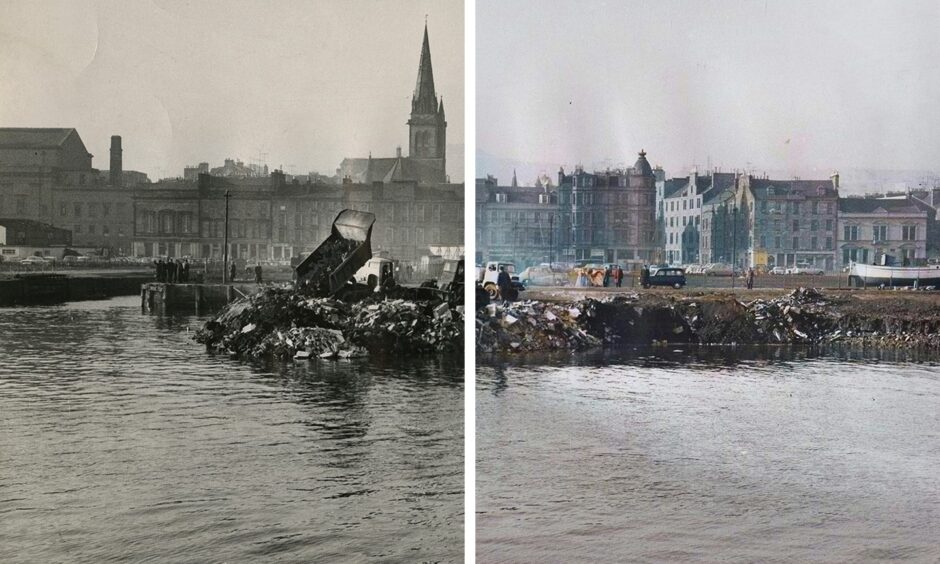
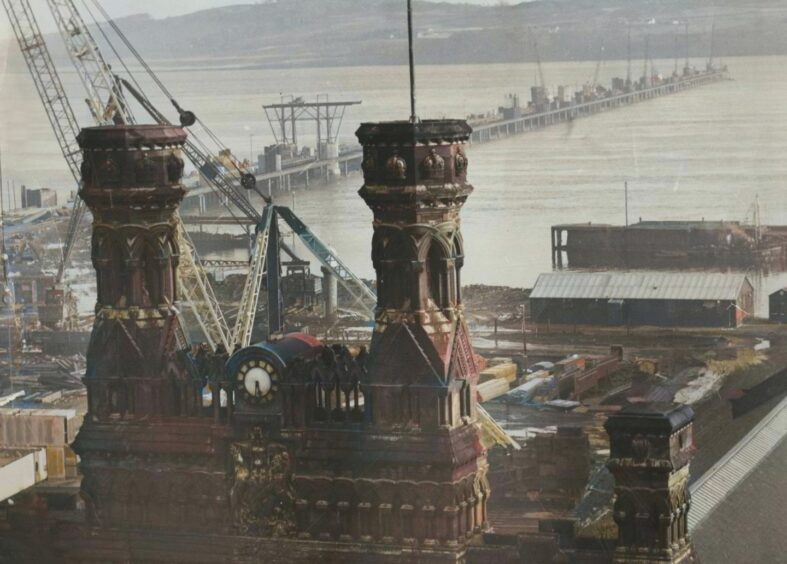
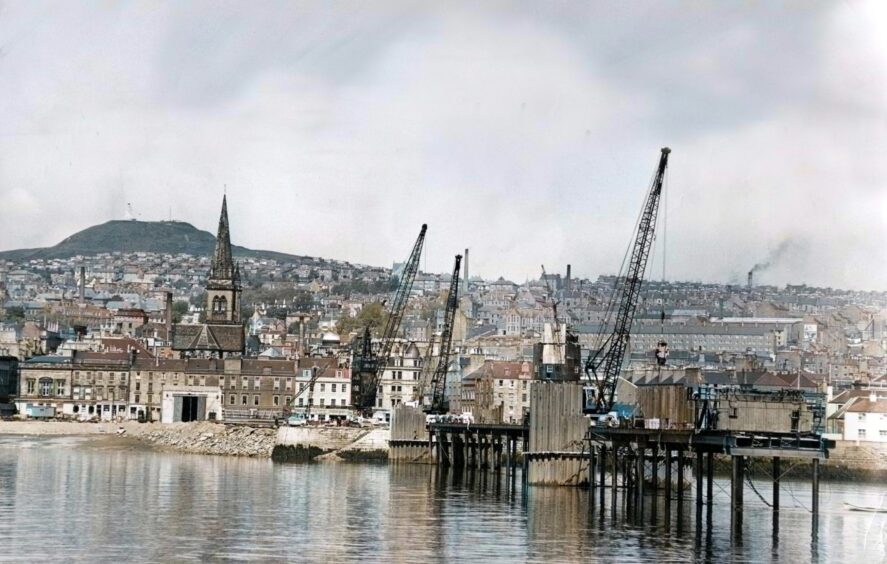
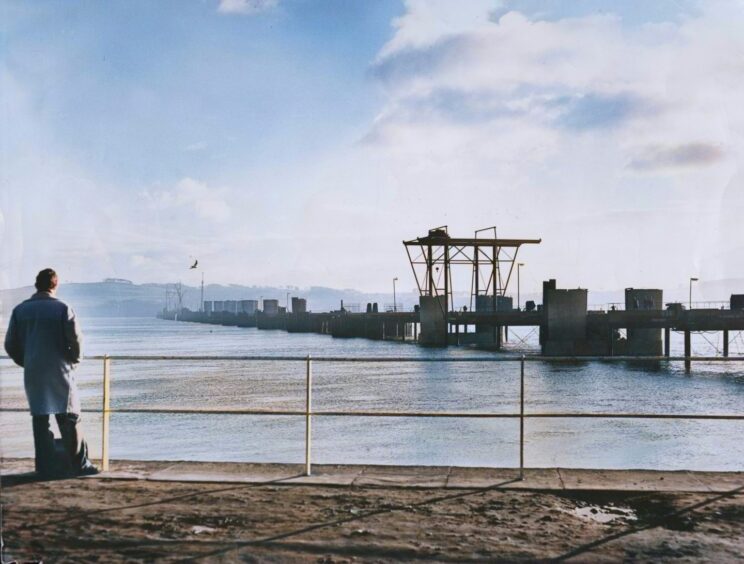
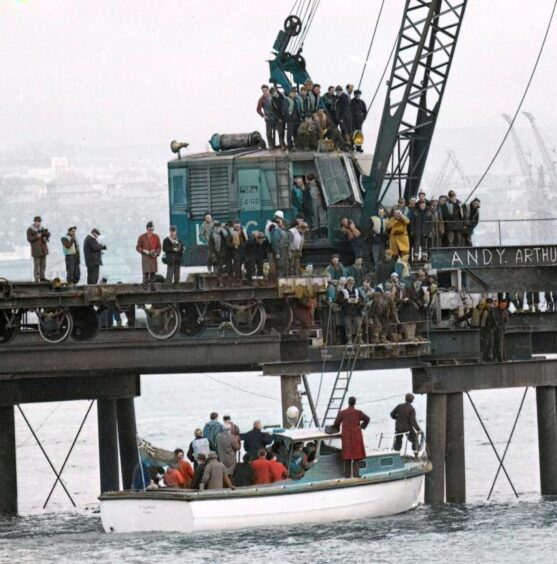
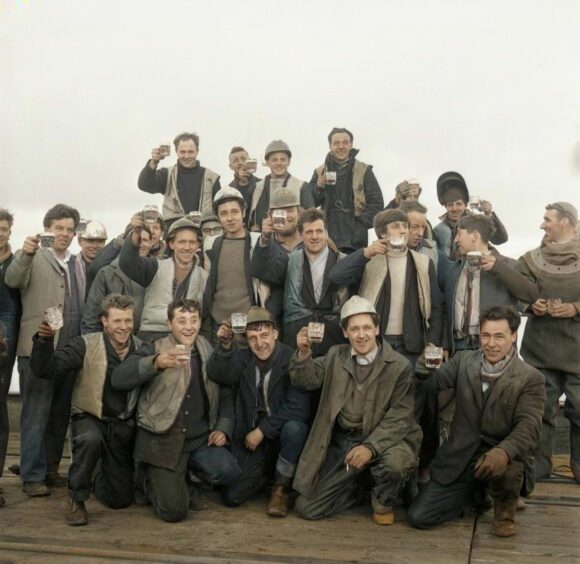
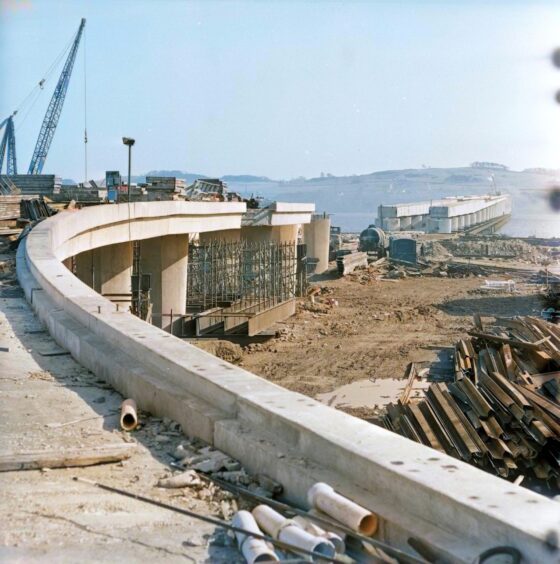
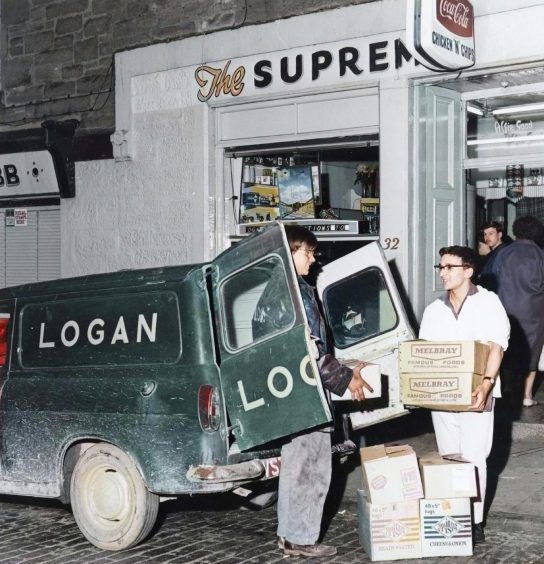
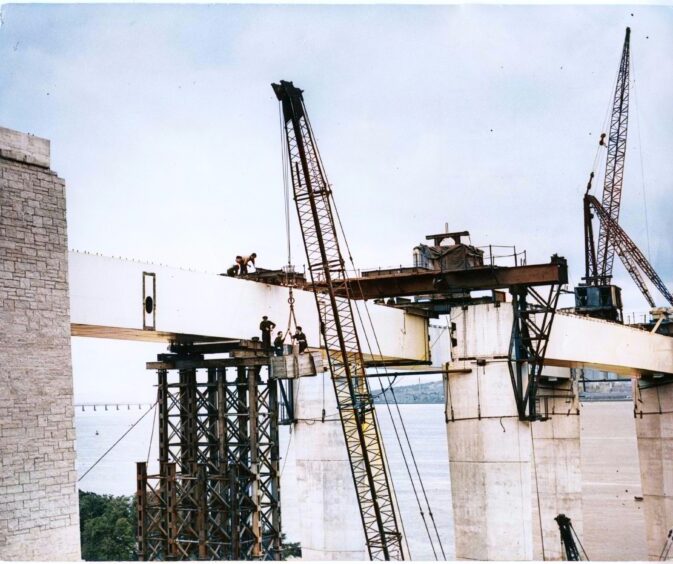
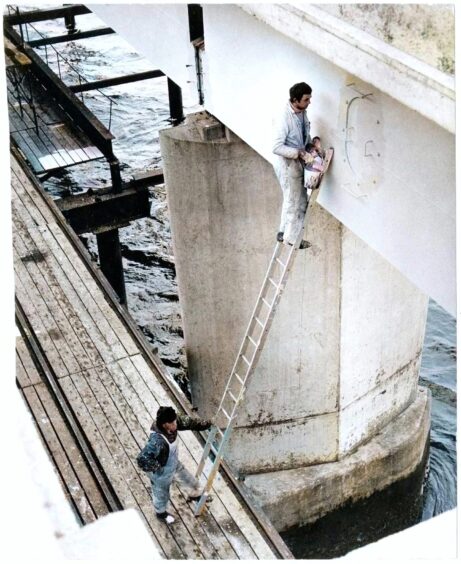
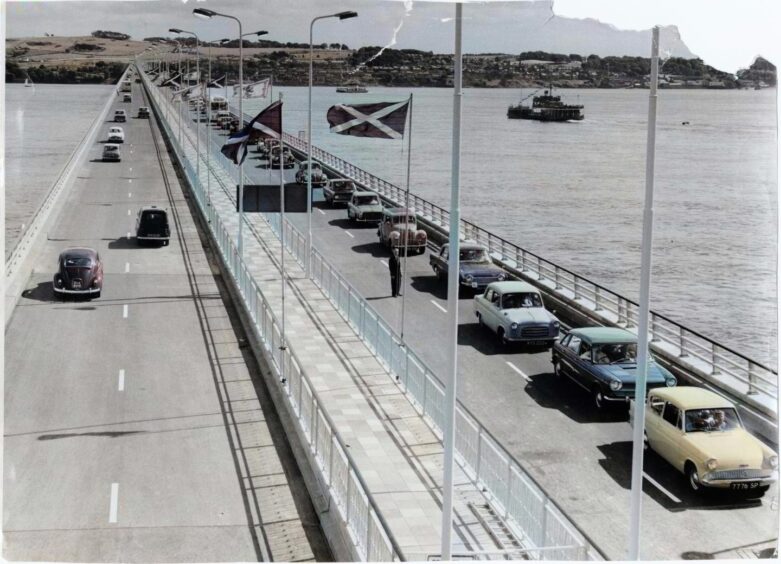










Conversation